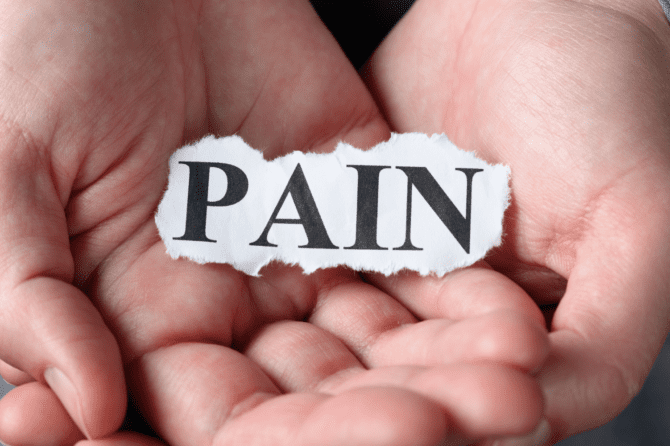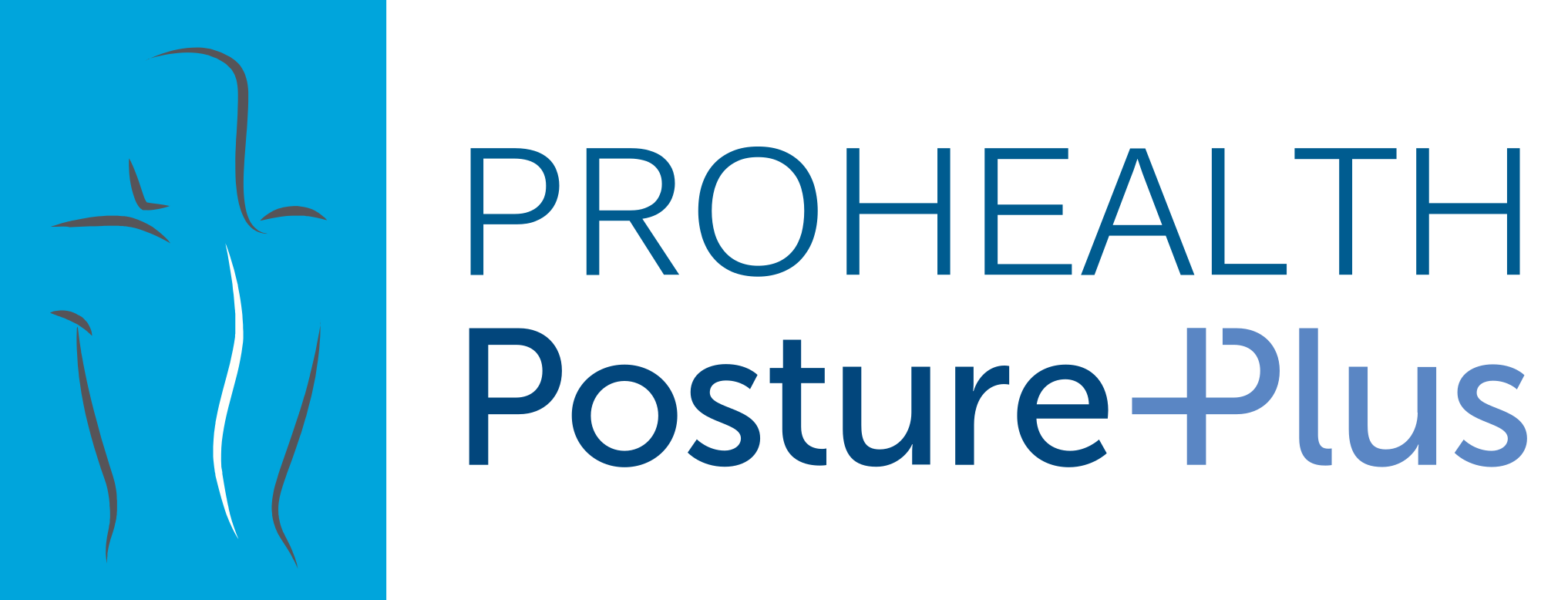
Persistent And Chronic Pain
What is Pain?
Pain is described as “An unpleasant sensory and emotional experience associated with actual or potential tissue damage”.
Recognising that the experience of pain can be driven by potential not always actual tissue damage is crucial in our understanding of persistent pain.
What is Persistent Pain?
Persistent pain is pain that has not resolved after three months. Three months is a time frame after which an injury or structural tissue damage would have reasonably been expected to have healed.

What is the Difference Between Persistent Pain and Chronic Pain?
Persistent pain is now the preferred term for chronic pain. The reason for the change in name is that chronic pain was mistakenly believed by many to mean “very bad” pain rather than pain that has lingered. Persistent pain therefore has a much clearer meaning.
What Causes Persistent Pain?
Pain lasting more than three months is often related to underlying conditions such as arthritis, but pain can also persist in the absence of these conditions. So why does pain persist when there’s no underlying disease to drive it or when tissues have healed?
A Cup Metaphor
The cup metaphor of pain proposed by Greg Lehman is a simple way to visualise the complexity that is pain.
It proposes that pain occurs when all of the stressors/loads in life (such as anxiety, stress, negative self talk, poor diet, toxic relationships, socioeconomic hardships) exceed the space in our cup. When it overflows we have pain. The number one stressor most closely correlated to pain persisting is lack of sleep. The cup metaphor helps us see that our approach to treating persistent pain will be best when addressing both the excess stressors in our lives and by building our capacity (increasing the size of our cup) to deal with them.
A Faulty Warning System
Pain warns us of a perceived threat to the body. It is always about protecting us from harm. Unfortunately the system that warns us of a threat (our nervous system) can become too sensitive much like a car alarm system that triggers too easily. This means we experience pain from things or situations which in a normally functioning nervous system would not elicit pain. The longer or more often our warning system is triggered the easier it becomes to trigger. In this way unaddressed persistent pain becomes self perpetuating.

How Can Physiotherapy Help With Persistent Pain?
Physiotherapy for persistent pain involves education around what persistent pain is and how it is perpetuated. Identification of life stressors and attention to them is critical, as is the building of physical and mental capacity/robustness in order to cope with those stressors we cannot change (of which there will always be some).
Resiliency and self efficacy are taught in the context of flare ups and set backs, which are normal while living with persistent pain. The de-emphasising of pain being in control of our life and the regaining of meaningful pursuits despite pain is imperative in dealing with this condition.
Examples of Physiotherapeutic Interventions
1. Pacing
Pacing is taught in order to allow activities to be achieved without flare ups occurring. A baseline for an activity before pain onset is noted and over time with set rest breaks tolerance to that activity is built.
2. Graded exposure
Graded exposure is a technique taught to reduce persistent pain caused by movement. It’s a process by which a person slowly and progressively exposes themselves to movements that have been painful.The movement or exercise is dosed by the physiotherapist to make it less threatening initially and over time as the nervous system gets used to the loads imposed, the exercise is progressed.
3. Mindfulness
Pain related worrying is a major driver of persistent pain. Mindfulness is a strategy to help manage anxiety by helping you to distance yourself from unhelpful thoughts and encourage relaxation.
References
- International Association for the Study of Pain (IASP) – www.iasp-pain.org
- Pain Management Guidebook – Matt Del Brocco www.thehonestphysio.com
- The Cup Metaphor (reproduced with permission) – www.greglehman.ca
- hopkinsmedicine.org
- mayoclinic.org
- Ayrshire & Arran Pain Management Service – www.nhsaaa.net/pain-management-service
- Cumbria Persistent Physical Symptom Service – www.php.cumbria.nhs.uk/about-our-services/ppss
- Explain Pain – www.explainpain.org
- Graded Exposure www.bettermovment.org
